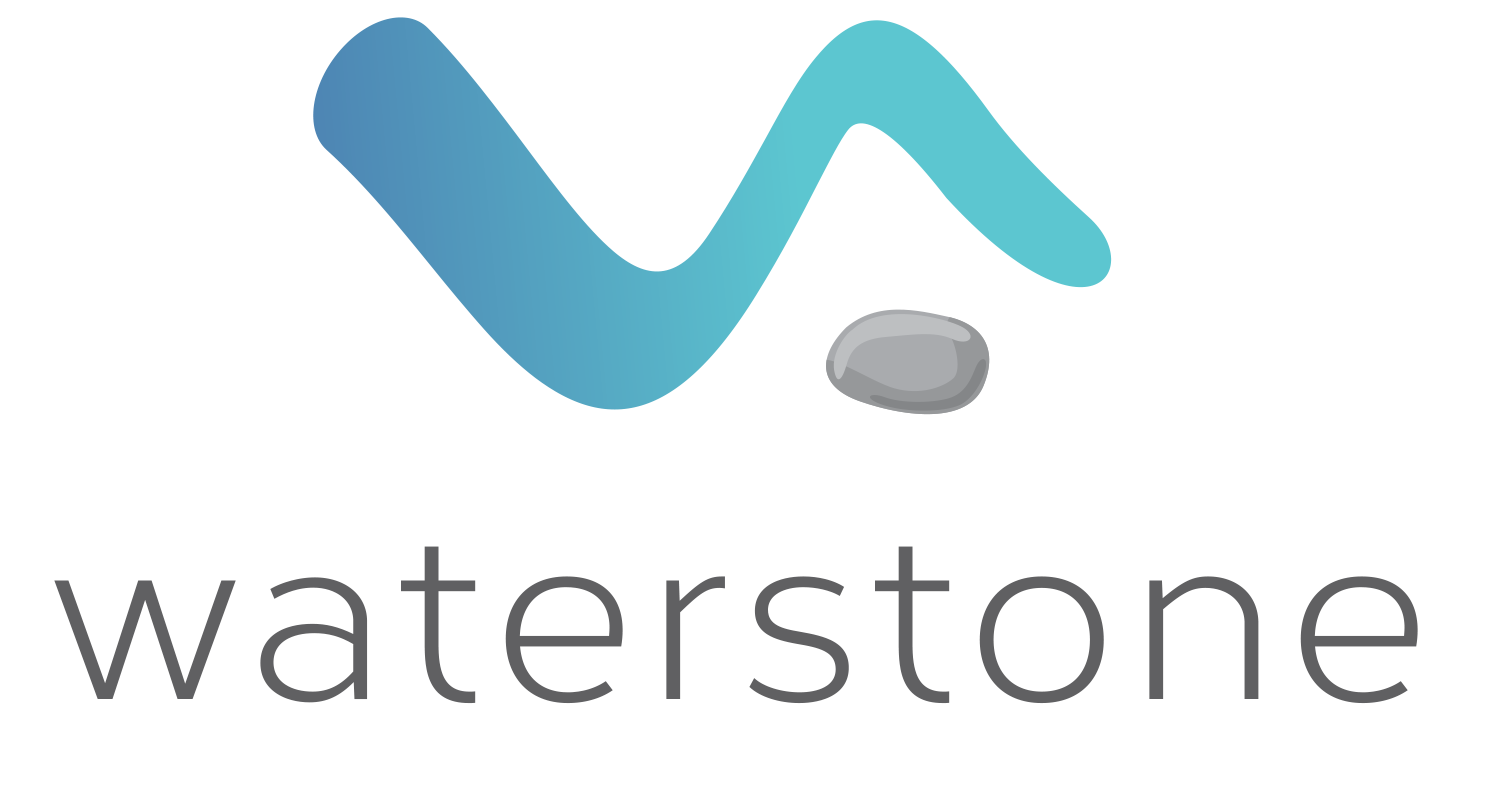The distribution of funds in a liquidation process depends on where the money came from in the first instance.
In a liquidation, a company’s assets are sold to generate funds to pay creditors and settle debts. The sources of revenue in a liquidation include:
- Assets that are subject to security
- Assets that are not subject to security
- Traded activity
- Funded action
Assets that are subject to security
The most obvious example is a motor vehicle. If there is a registered finance charge (e.g. PPSR financing statement) on the vehicle, the liquidators must return the sale proceeds to the secured party upon the sale. However, in some instances, the secured party may consider reclaiming the asset.
If there is a surplus from selling an asset (i.e. a vehicle is sold for more than the outstanding debt) then the surplus becomes available to the unsecured class of creditors.
In some cases, a secured creditor may hold a General Security Agreement (GSA), or debenture, over the entire company. This means all the company’s assets are secured, giving the secured party a claim to all of the assets. As a result (in almost in 100% cases), the liquidators will be left with practically no funds available for a potential distribution to any class of creditors.
Assets that are not subject to security
All unsecured assets, which often include the debtors (e.g. accounts receivable), are collected and/or realised by the liquidators and the proceeds are distributed to the creditors as per Schedule 7 of the Companies Act 1993.
The liquidators have a priority claim over all unsecured assets to cover their costs. In smaller liquidations, it’s not uncommon for the liquidators to be the only party paid.
After the liquidators’ costs, any court costs related to the liquidation are paid, but only if agreed to by the court. These usually total between NZ$2,000 to NZ$3,000.
Unpaid staff wages and holiday pay are covered next, up to a maximum of $31,820 per employee. There are specific rules and timeframes that govern this calculation.
Inland Revenue is the next priority for unpaid GST and PAYE obligations. However, Inland Revenue does not hold priority for unpaid income tax. It appears uncommon for a liquidation to clear Inland Revenue’s debt and leave funds for unsecured creditors.
Traded activity
The liquidators may choose to continue trading the entities during the liquidation process. This decision is typically made when the business operations can generate sufficient revenue to offset costs or when continuing to trade might lead to a better outcome for creditors.
In such cases, any revenue generated from trading activities is first allocated to cover operating costs, including wages, supplier payments, and other necessary expenses, as well as the liquidators’ fees.
Any surplus from these trading activities, after covering these obligations, is added to the general pool of funds for distribution among creditors in accordance with the statutory order of priority.
Funded Action
The Companies Act 1993 allows unsecured creditors to fund actions to recover a liquidated company’s assets. Creditors who agree to fund such actions are benefited from any recovered funds. Additionally, these creditors are granted priority over other creditors, allowing them to recover up to the level of their unsecured debt and the costs incurred in supporting the recovery effort.
